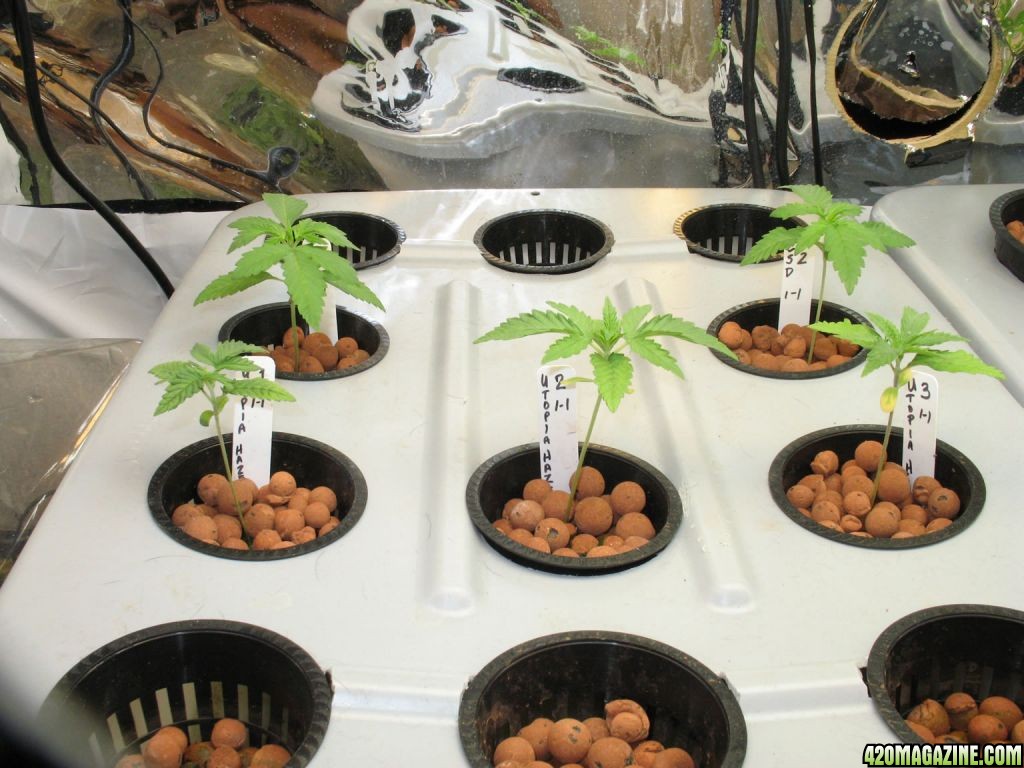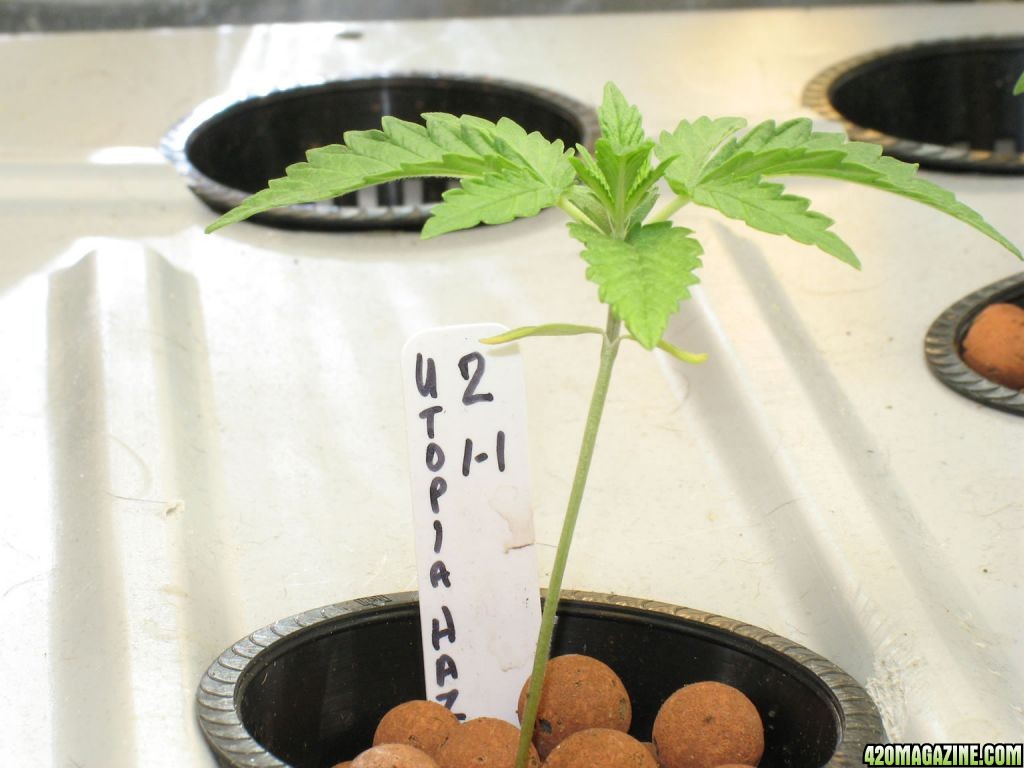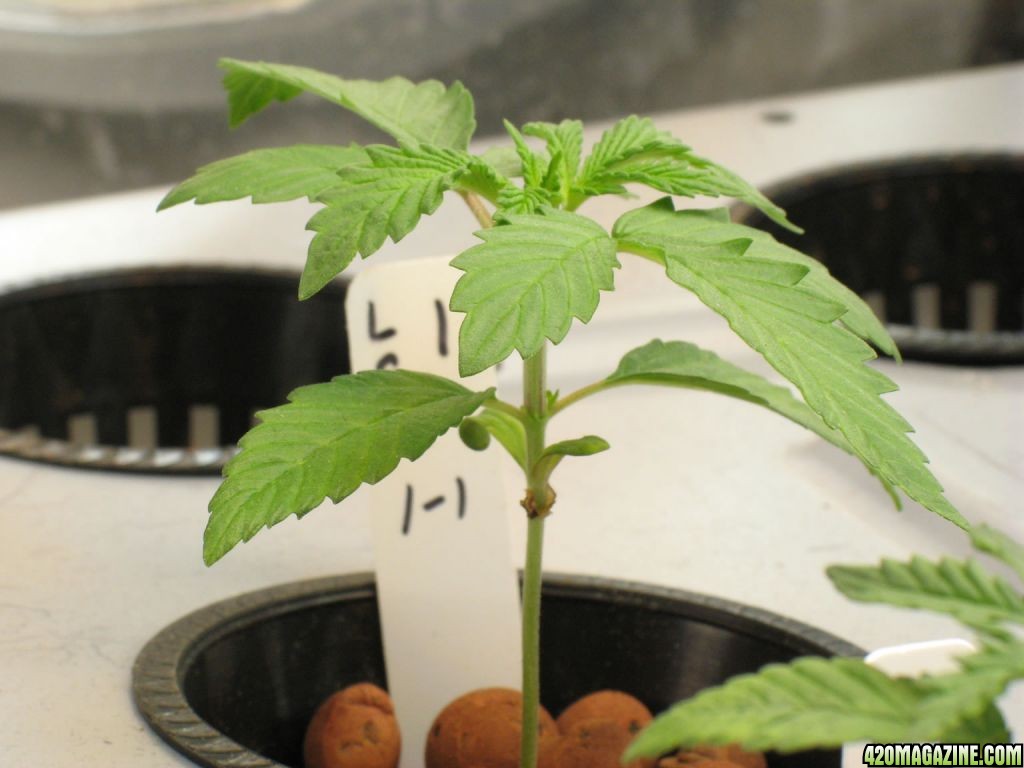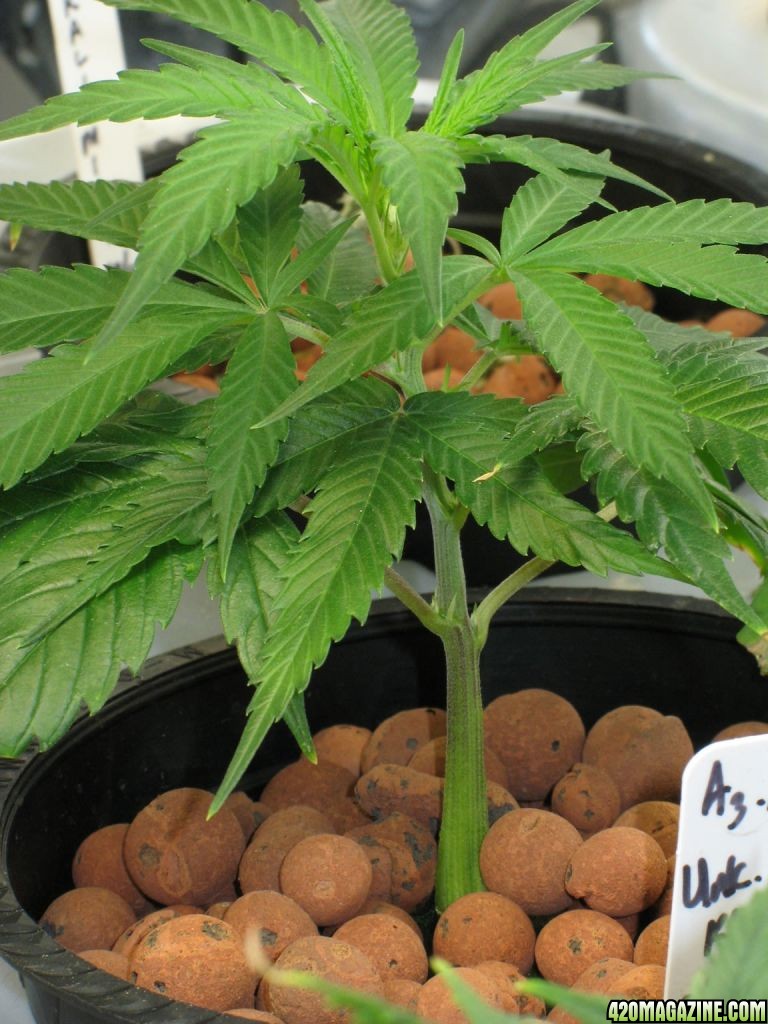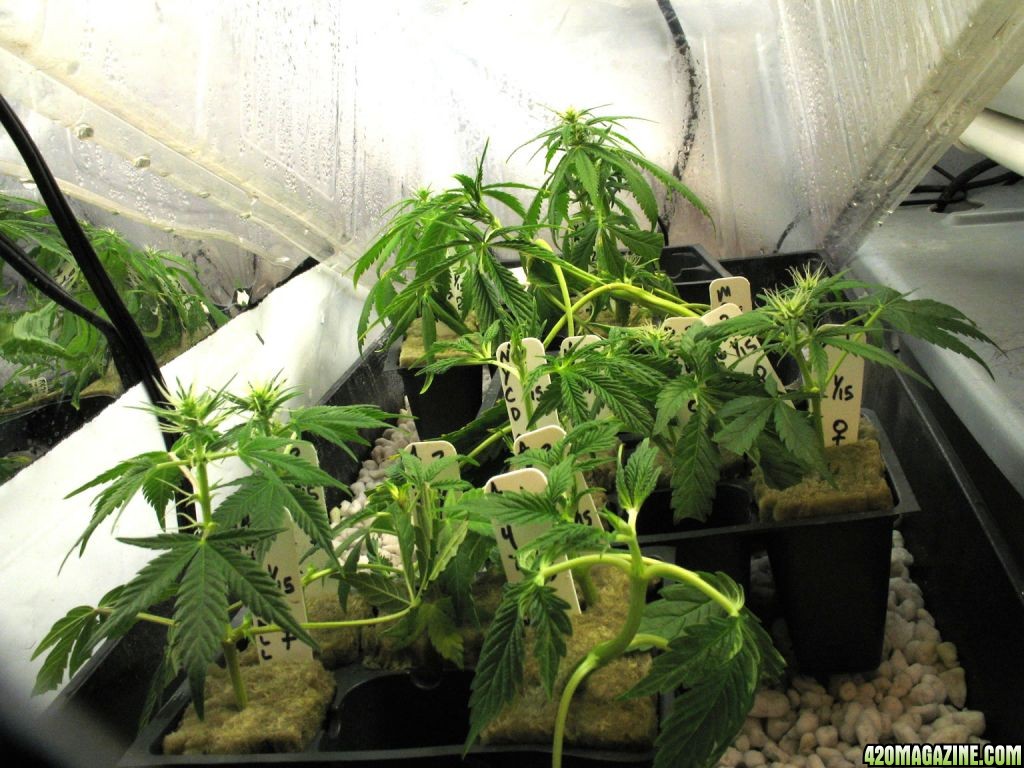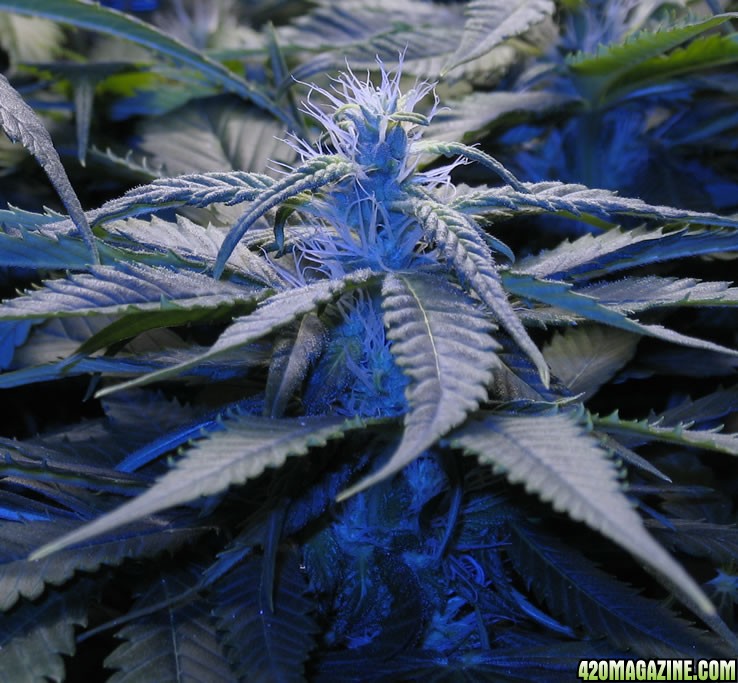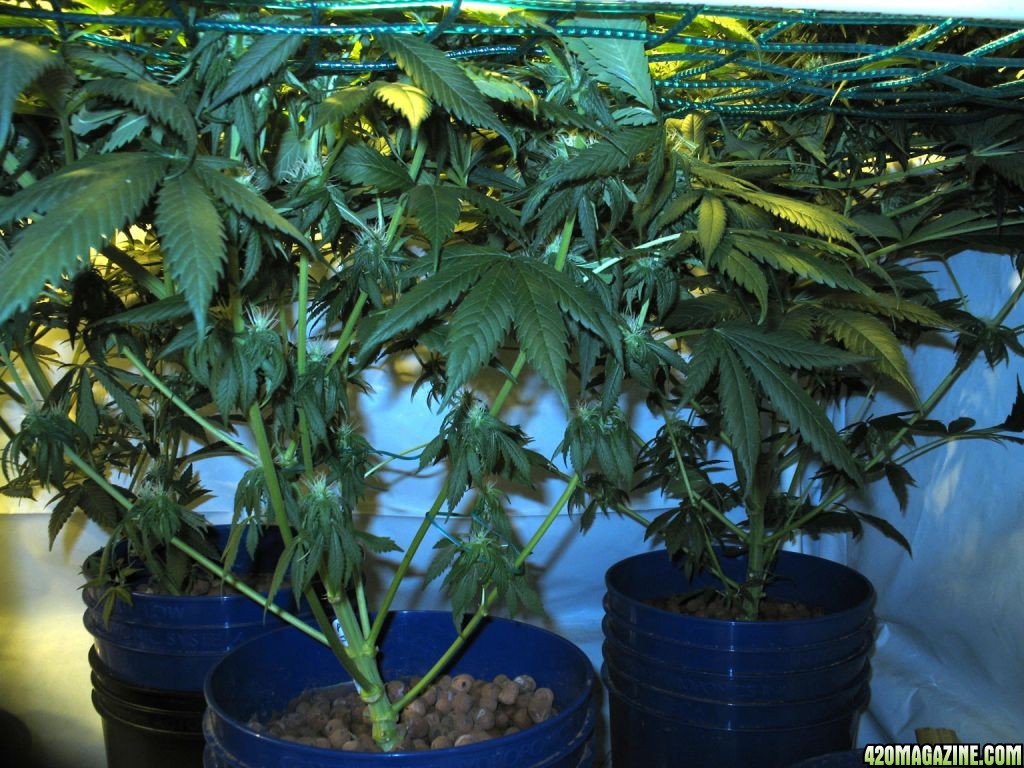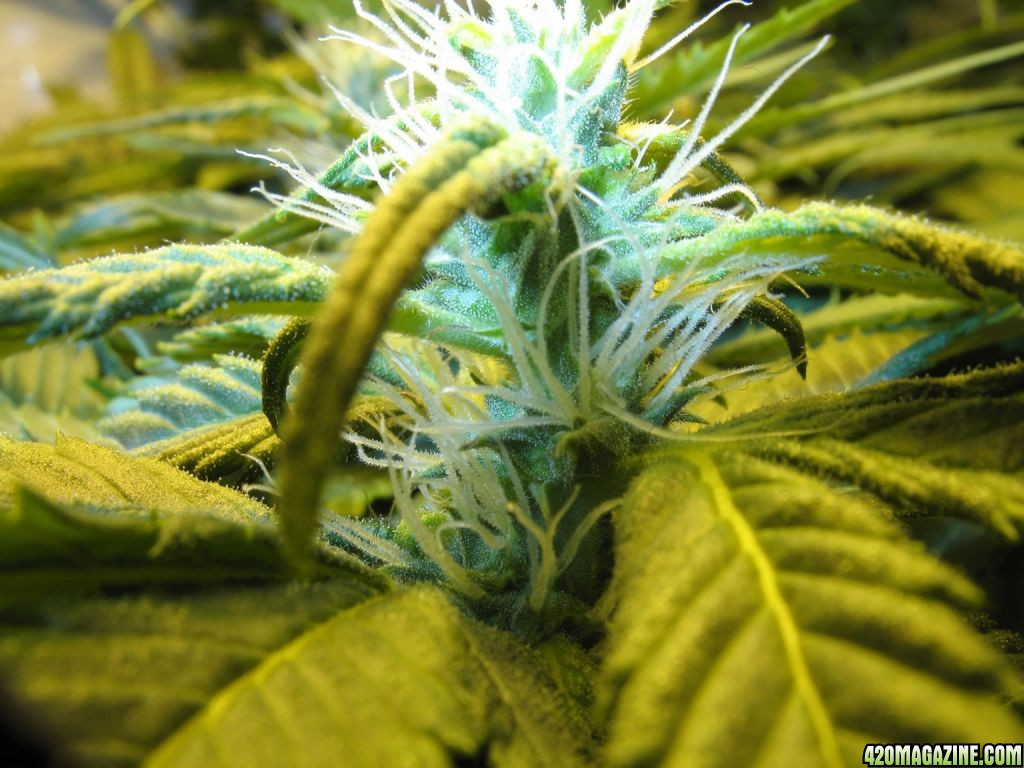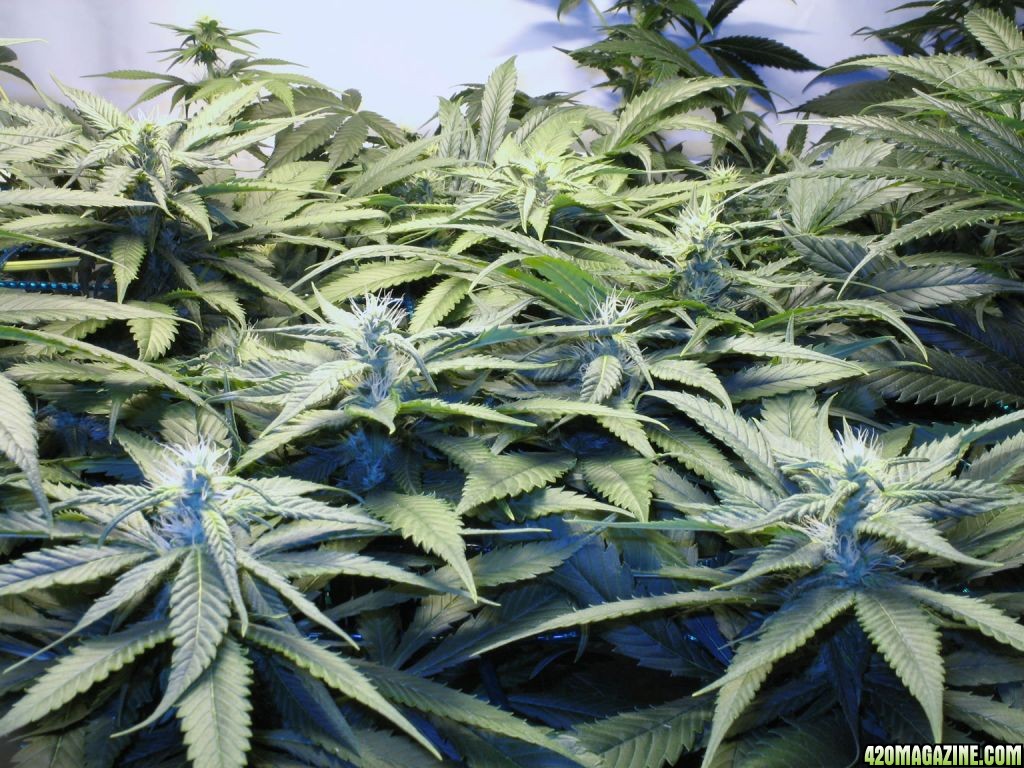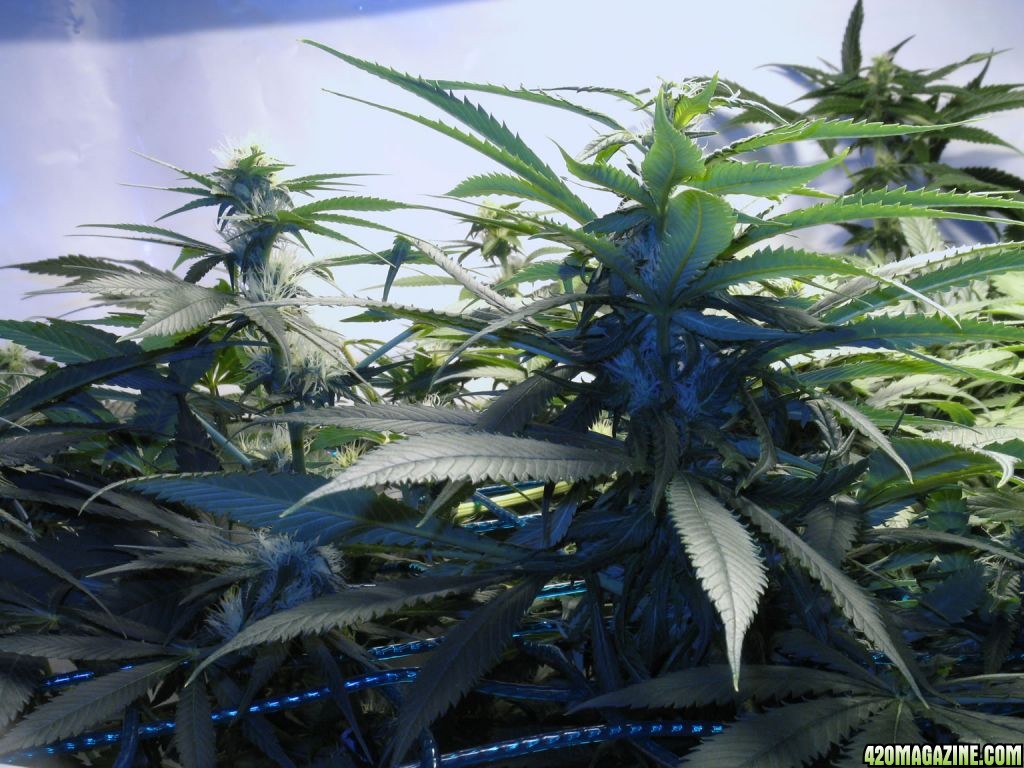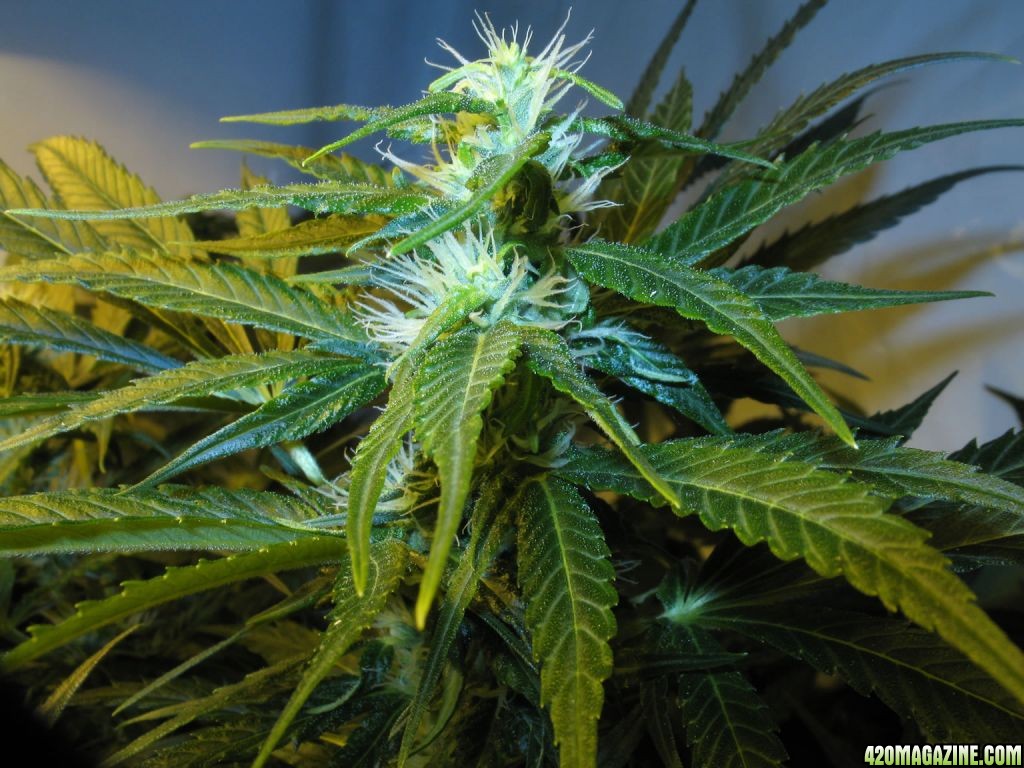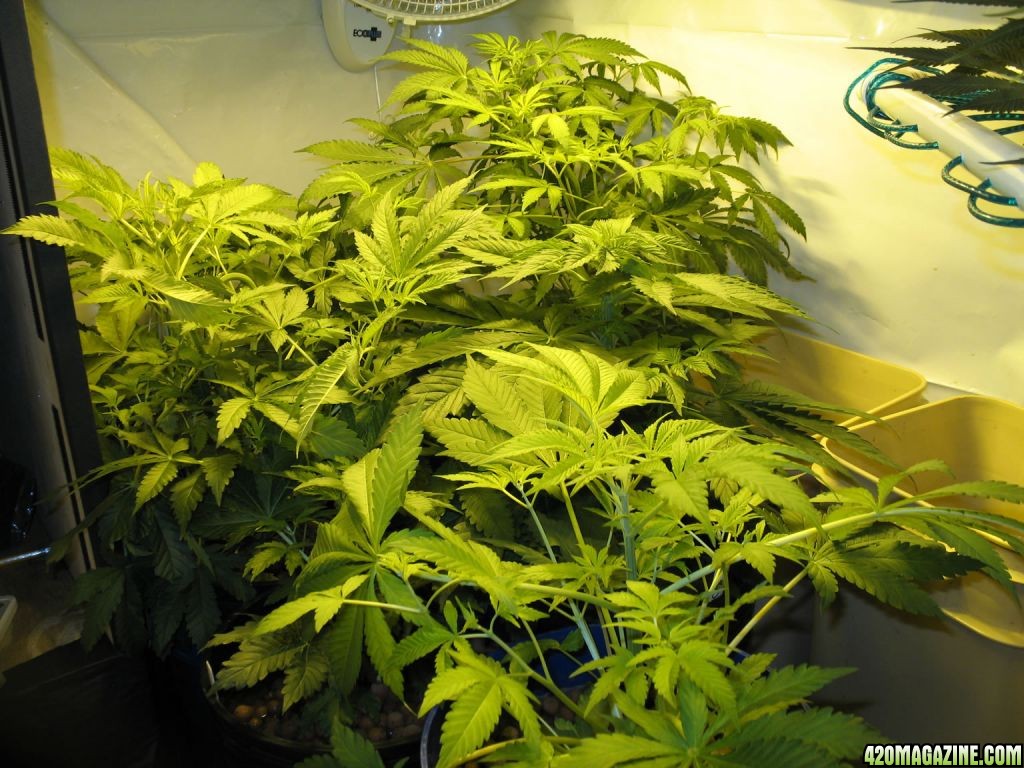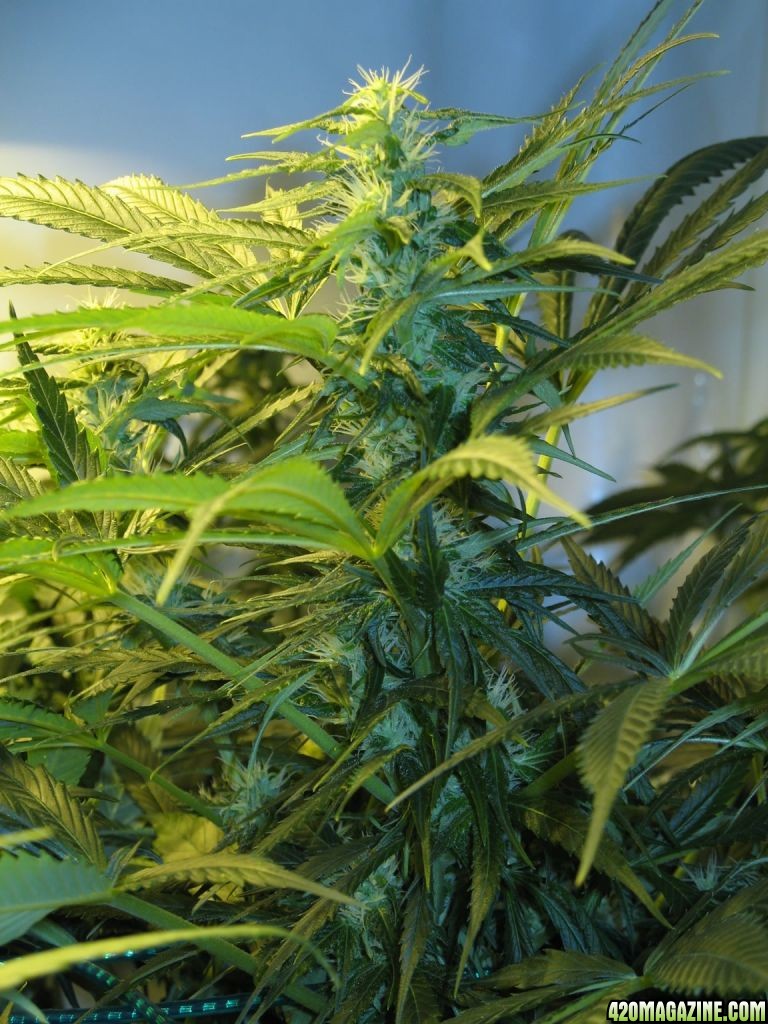Tyrone Hamilton
New Member
Awesome - that's helpful to know. It seems there are lots of folks doing it with success - and their reaction is why doesn't everyone do this. Its like someone started a bad tradition a long time ago and it caught on. So we'll see I guess.
I did a bit of research on it, and there are certainly other plant types that have been cloned from clones for thousands of years - grape vines being the first example, and I just read about a bush that had been cloning itself for thousands of years in a California desert since it had been isolated from others of the same species and was unable to sexually reproduce.
As fas as cannabis, I was not able to find any specific research, only anecdotal evidence... which is typically conflicting. However, I found nothing that gave any real, scientifically based reason why cannabis can't be cloned over and over. It's the same plant - even the term "mother" is misleading, since the clones are not offspring, but extensions of that same plant, just with new roots growing in a different spot.
Good thread Whiskey Papa!



 I mean I know a little about what tissue culture is (in fact two months ago I happened to be someplace where they were building human ears in a machine in front of me - it was straight out of sci fi movie). And I know a little about why you would want to do it in a lab with cannabis. But how would a home medical user take advantage?
I mean I know a little about what tissue culture is (in fact two months ago I happened to be someplace where they were building human ears in a machine in front of me - it was straight out of sci fi movie). And I know a little about why you would want to do it in a lab with cannabis. But how would a home medical user take advantage?

